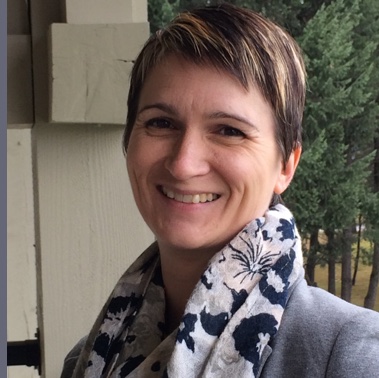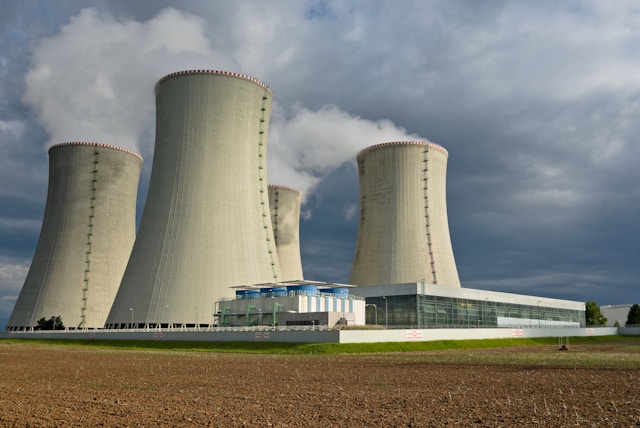A leaner mining life cycle: How integrating sustainability up front can lead to future savings

Karen Chovan, founder, Enviro Integration Strategies. — Photo courtesy Karen Chovan With so many concerns today about climate change and other enviro
Karen Chovan, founder, Enviro Integration Strategies. — Photo courtesy Karen Chovan
With so many concerns today about climate change and other environmental issues, there’s more pressure than ever on mining companies and energy producers to clean up their act when it comes to extraction and processing. However, with commodity prices in the midst of a multi-year down cycle, many producers find it painful to spend the extra money required to ensure not only that their production meets environmental regulations but also that their sites are reclaimed properly when it comes time for closure. As a result, companies tend to spend the minimum required and put off these reclamation costs for as long as possible. But Karen Chovan of Saskatchewan-based Enviro Integration Strategies said investing time and money in a thorough reclamation plan up front can actually save a lot of money in the long run.
“It’s about ‘leaning’ the life cycle,” Chovan said, referring to the Lean management approach, which involves continuous, systematic, incremental enhancements in industrial processes to improve quality and efficiency. “If you’re thinking about what’s needed at closure at the very beginning while you’re still doing exploration and development, you can shape the land form into the way you want it to be at the end rather than just getting waste rock out of the way, for example, and then dealing with it again later. It’s about progressive reclamation and monitoring as you’re mining and then making adjustments as you go, staying on top of things and managing risks by avoidance and mitigation while in operation. Then reclamation becomes an operational cost rather than a closure cost when the mine is no longer making money.”
In addition to saving time and money and reducing the risk of costly environmental disasters, Chovan points out that a thorough reclamation plan also facilitates the environmental approval process. “In the old days, you didn’t really have to say much about what you were going to do about closure except that one day the mine was going to close," she said.
"Then you needed a closure plan when submitting an environmental assessment. Now you have to do impact assessments and demonstrate that you’ve mitigated them as much as possible. If you can show that you’re going to implement the best options you’ve assessed for the environment, the people approving submissions will see that, which makes for a much smoother process.”
That said, Chovan realizes even the best reclamation plan can’t restore the environment completely. “With extraction industries, there’s definitely going to be some disturbance, even with underground operations," she said. But if you go about reclamation correctly and you get some buy-in regarding what the end land use will be, you can build it into your plan. It may be an altered landscape, but it doesn’t have to be a damaged landscape.”
To help spread the word on how adopting a Lean approach to the entire mining life cycle can integrate sustainability and lower production and reclamation costs, Chovan recently formed her own consulting company, Enviro Integration Strategies. When advising her clients, which range from mining companies to oil and gas producers, Chovan draws on her 20 years of experience as a geological engineer and project manager in the mining industry in Canada, the U.S., Kazakhstan and Australia. It was her work on the construction of tailings ponds, dams and pipelines, and monitoring groundwater on mine sites, that led her to focus on the environmental side of the business, particularly closure. The current economic climate certainly presents a challenge as she seeks to “spread the Lean gospel,” but she is confident that once companies catch the vision, they will see it is in their own best interest to adopt the Lean approach up front.
“Because of the economic downturn, in many companies, improving on the environmental process has been cut back unless required for compliance," Chovan said. "So I’ve focused a lot more energy on developing aspects where I can train people and advise project teams, including in-person training as well as online webinars. I don’t just look at sustainability on its own. It’s about streamlining the entire process, of going through all of the life cycle transitions from exploration to closure. That’s where companies will see the greatest gains.”



